Finishing plaster: purpose and types
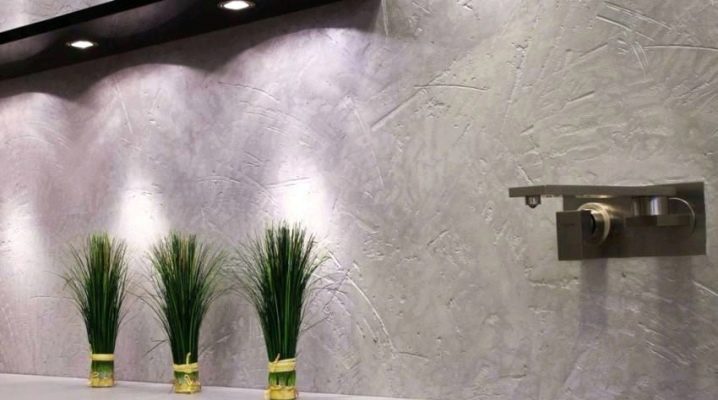
In the process of construction or repair, to create a smooth surface of the walls for painting or gluing with any type of wallpaper, it is advisable to use finishing plaster. This type of building material, in contrast to the materials used at the initial stage, is especially fine-grained. It is this property that ultimately makes it possible to obtain a perfectly flat surface, on which it will subsequently be quite easy to place any decorative and facing materials.
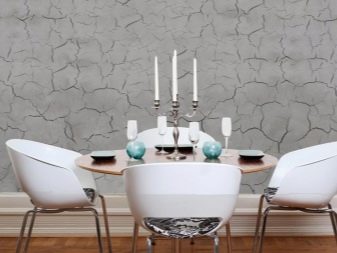
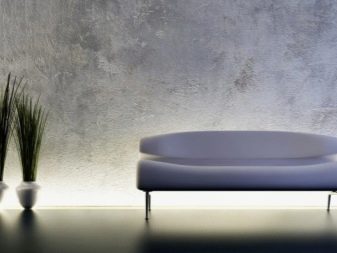
Application area
All types of finishing putties, depending on the area of application, can be roughly divided into two main types:
- for outdoor work;
- for interior work.
This division is really conditional, since in all types of finishing works identical mixtures are used, the compositions of which differ only in the addition of improving components to them, which in most cases are needed for outdoor finishing work. For facade mortars, it is necessary to increase the frost resistance and hydrophobicity of the putty.
The main functional differences of finishing plasters can be described as:
- creating an ideal surface for decorating walls for interior decoration;
- protection from wind and moisture, insulation functions and a decorative finish layer for the exterior decoration of buildings.
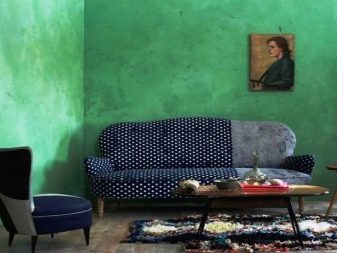

For exterior facade work, you can use cement-based compositions or polymer-acrylic mixtures.
The final choice will depend on what the main requirement for the finishing solution will be in each individual case. So, for wall insulation, it will be advisable to use a sand-cement mixture with the addition of special components that improve plasticity, and for protection from moisture and wind, the best option would be a polymer mixture with an acrylic base.
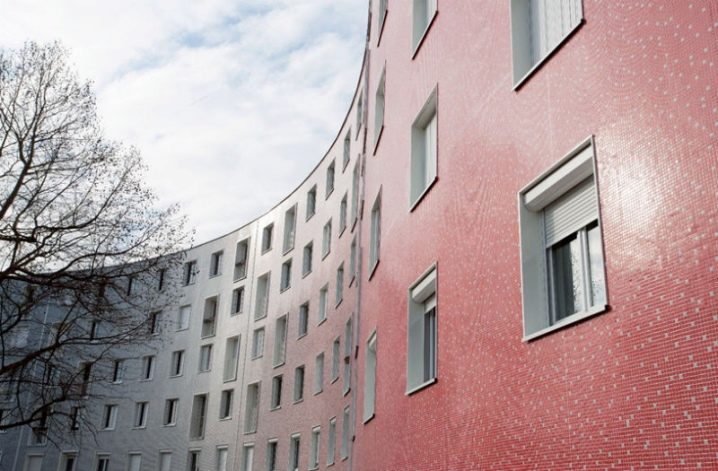
Types of mixtures
There are several types of finishing putties:
- Cement plaster. This type of building mixture can be of two types, namely: cement-sand or cement-lime mixture. These mortars can be used in rooms with high humidity and places of increased mechanical stress. The main and extremely unpleasant disadvantage of cement-based finishing putty is the appearance of cracks over time. Therefore, you should not use it as a base for painting.
- Gypsum plaster. This type of finishing mortar is an excellent option when working indoors; unlike cement plasters, it is not susceptible to cracking and is also quite resistant to mechanical stress. The main disadvantage of this material is that it is not moisture resistant, therefore, it is absolutely impossible to use it in outdoor works, as well as in rooms with high humidity.
- Polymer plaster. This type of finishing mortar has unique properties that can cope with any task. With the help of various additives, it is possible to adjust the parameters of the finishing mixture. The most popular of all types of polymer mixtures is acrylic plaster.


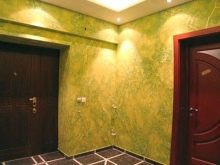
Decorative finishing
Ordinary finishing plaster can be replaced with decorative plaster, creating an unusually effective decoration of the walls in the room.There are types of decorative finishing plaster that, after application, can give the surface a finished aesthetic appearance. Their use will allow you to create original textured effects with a variety of patterns.
The types of such putties include the following types:
- Structural blend, which includes a variety of additional particles, for example, small pebbles, mica or quartz;
- Relief mix contains particles of marble chips, which, when dried, create the effect of broken glass, shimmering in the sun with all the colors of the rainbow. This type of finish is perfectly combined with other finishing materials;
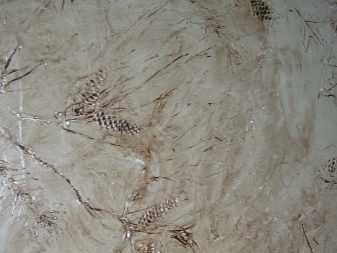

- Textured putty - a construction mixture with a heterogeneous structure, containing various additives in its composition. One of the most popular types of this type is the finishing putty "Bark beetle";
- Terrazite mixture - this type of finishing material is based on white cement with the addition of fine particles of sand, mica, lime, glass and other additional components;
- Putty "Floki" - a matte finish of acrylic flakes of various sizes and shades, this type of finish requires additional coating with acrylic varnish.
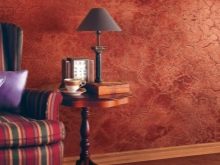
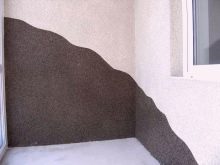
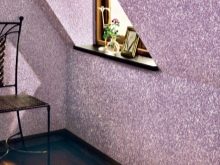
Selection Tips
The final result will depend on the correct choice of the finishing putty, its structure and consistency, as well as on strict adherence to the technological process - that is, the perfectly smooth surface of the walls, floor or ceiling.
For interior finishing work, one of the best building compounds is the finishing plaster "Prospectors" on a gypsum base. This type of putty is perfect for leveling both concrete and brick walls, it can also be applied to drywall in rooms with moderate humidity levels. In addition to the fact that the gypsum plaster "Miners" is ideal for eliminating cracks on any surfaces and filling joints between concrete slabs, it is widely used as a finishing finishing material for walls.
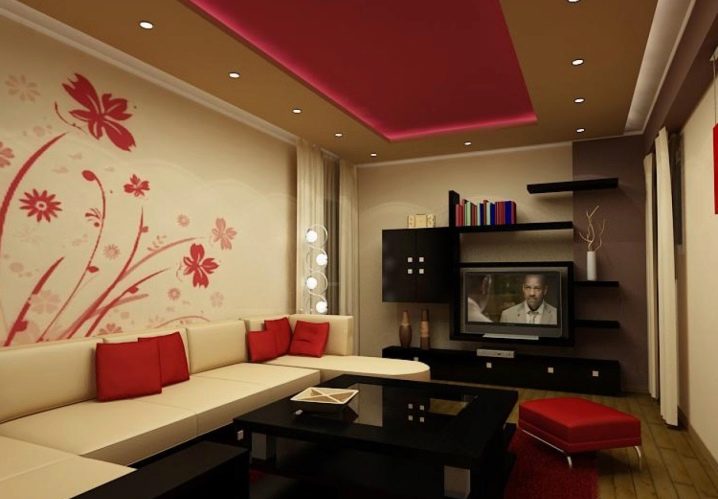
The putty owes its extraordinary popularity to the excellent quality of the product, as well as the price available to the buyer with any budget level.
Plaster based on gypsum contains various modified additives and components in its admixture, which give it special plasticity.
The ready-made solution "Prospectors" has many remarkable properties:
- the finished mixture is applied to the surface easily and evenly;
- the ability to apply a layer from five to fifty millimeters in one pass;
- the ability to increase the layer thickness up to eighty millimeters in separate small areas;
- high elasticity of the material prevents the formation of cracks when the plaster dries;
- a good level of vapor permeability will ensure sufficient moisture penetration into a dry air environment. And in rooms with high humidity, the building mixture, on the contrary, will retain excess vapors, providing an optimally comfortable indoor climate throughout the entire time.
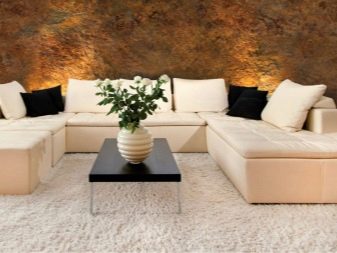
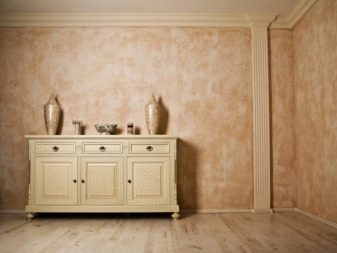
Finishing tools
To process the walls with finishing putty, you need to stock up on the necessary tools that you will need in the process.
These include the following set:
- an industrial mixer or an ordinary construction drill with a special attachment - this tool is necessary for thoroughly mixing the dry mixture with water in certain proportions;
- a plastic container, suitable in volume, for diluting the required amount of finishing putty;
- a trowel of a suitable size for direct application of the prepared mixture to the surface. It is best to purchase a construction kit consisting of spatulas of different sizes. On large open surfaces it is convenient to work with a large spatula, but in hard-to-reach places you will certainly need a smaller tool;

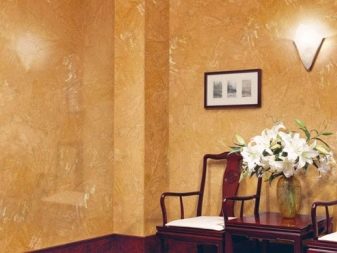
- wide brushes or rollers for surface priming.This procedure is necessary to cover the walls with a protective layer. The primer further has a beneficial effect on strength and adhesion when working with any facing materials;
- sandpaper and skin trowel are necessary to level irregularities, remove small particles of the hardened mixture. When working with a finishing putty, it is advisable to use fine sandpaper;
- a building level will be needed to check the surface for perfect evenness.
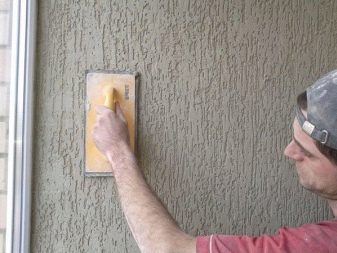
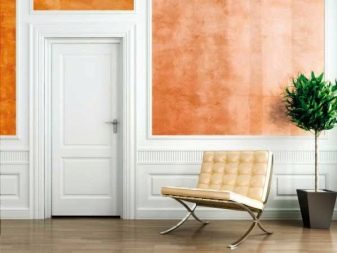
See the following video for the process of applying the finishing plaster.













The comment was sent successfully.